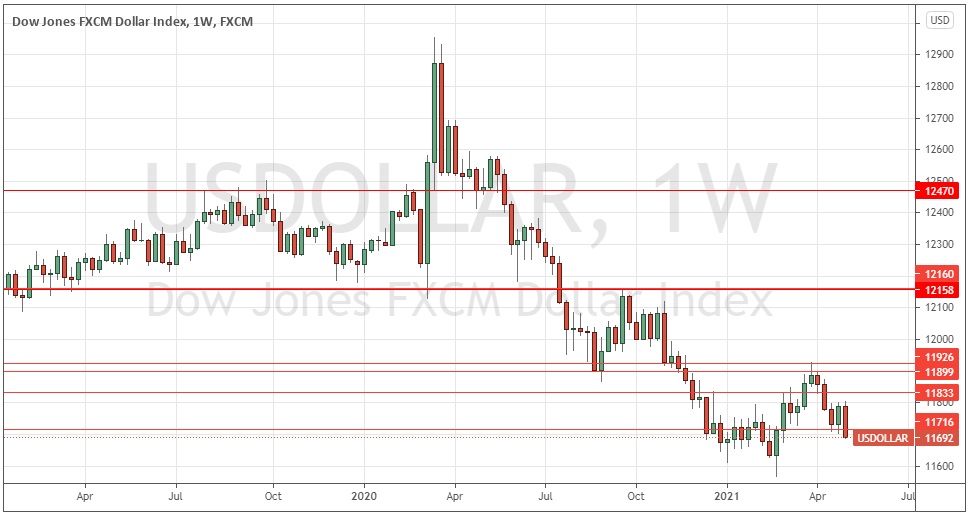U.S. New Jobs Well Under Par
Analyst consensus expected that last Friday’s data release would show that the U.S. had added approximately 990,000 net new jobs over the previous month. When the actual data were released, it was a severe disappointment, having massively undershot the target: only 266,00 new jobs had been added.
The data was also disappointing when translated into the format of the unemployment rate among those seeking to join or rejoin the workforce. The headline unemployment rate in fact rose slightly from 6.0% to 6.1%, while the consensus expectation had anticipated that the rate would fall to 5.8%.
How the Markets Reacted to NFP Data
The data release did produce a noticeable and quite strong reaction in the market. The reaction was in the U.S. dollar, which dropped against almost all other assets. This is because the Federal Reserve as the American Central bank has been pursuing a very dovish monetary policy, not even beginning to talk about tapering its asset purchase program unlike several other major central banks globally. This means the Fed is seen as very dovish, so this data release, which indicates that the U.S. economy may not be expanding with as much heat as had been believed, effectively cuts out any belief that we will see any kind of tapering of dovishness soon. This leads to a weaker dollar, as the dollar will therefore be unsupported by the Fed’s monetary policy.
Naturally, some assets gained more strongly against the USD than other. The most interesting assets to watch are those which broke to new long-term highs in U.S. dollar terms, which are the S&P 500 Index, the Canadian dollar, gold and the euro. Of these, the most dramatic developments are in the S&P 500 Index, which closed at a new all-time high price, and the Canadian dollar, which closed at a 3.5-year high against the greenback. On the other hand, the breaks in gold and the euro are only new 50-day highs. The EUR/USD currency pair is arguably more interesting over the short term, as Friday’s range was more than 1.5 times the average volatility as measured by the 15-day average true range (ATR) indicator, meaning that Monday is quite likely to be an up day, even if the rise may well not be very large.

What Does This Mean for Traders?
It is interesting that although the USD was hit, American stocks advanced. This suggests that the data release hit the greenback but not essential confidence in the prospect for short and medium-term growth in the U.S. economy.
The S&P 500 Index remains a good buy, and Forex traders will probably be well advised to look for short USD trades this week, especially during the early part of the week, during which time Friday’s sentiment against the dollar is likely to persist in the absence of any other market-moving events. The Canadian dollar, the euro, and gold look likely to be the best counterparts to short USD trades, on the long side.
